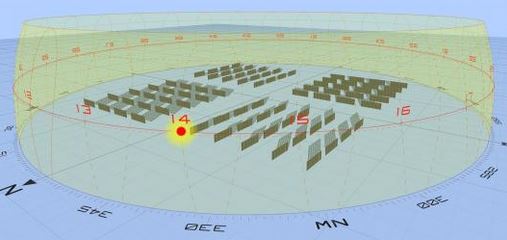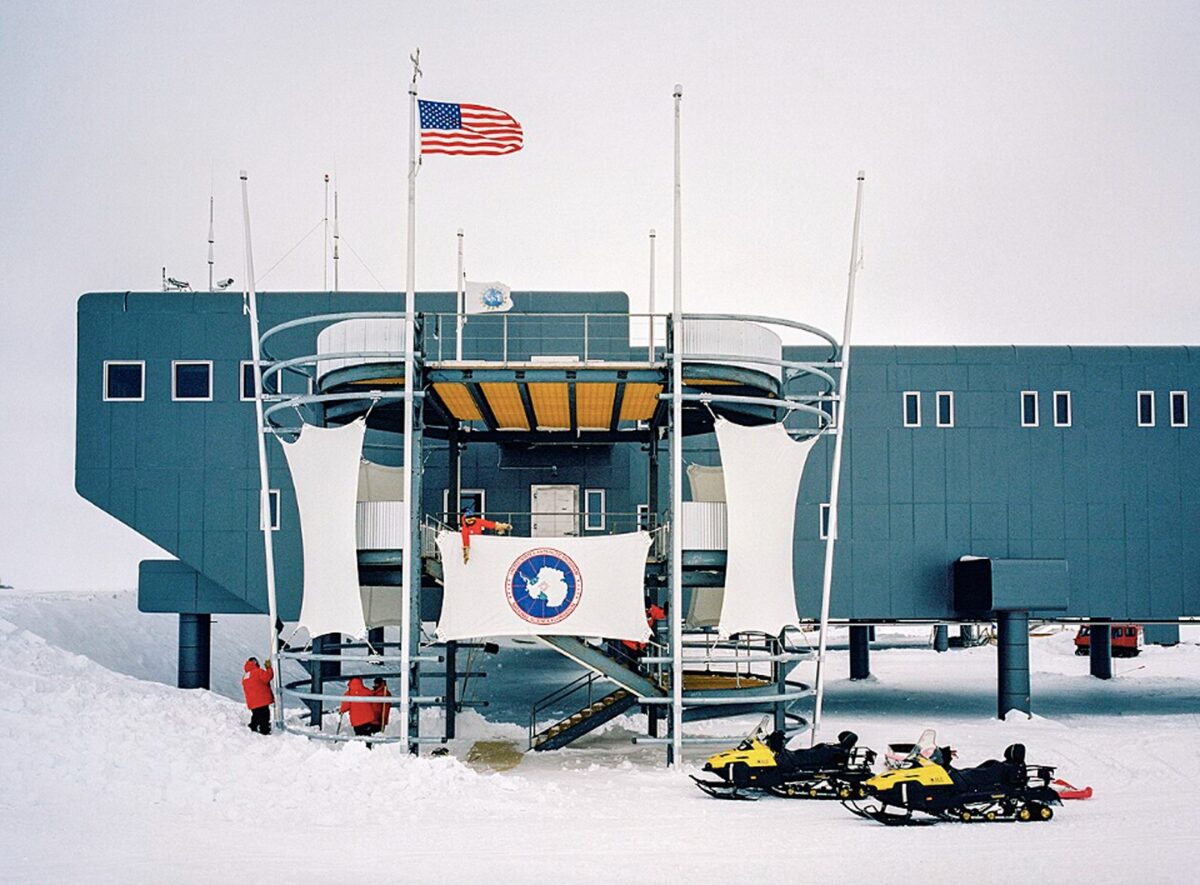Scientists from the US Department of Energy’s (DOE) Argonne National Laboratory and National Renewable Energy Laboratory (NREL) have explored the feasibility of using renewable energy to power Antarctica‘s Amundsen-Scott South Pole Station.
The facility, where studies of climate change and cosmology are undertaken, only uses non-renewable energy sources to power instruments and keep scientists warm.
“All of the energy at the South Pole currently is generated by diesel fuel and a generator,” said Amy Bender, a physicist in Argonne’s High Energy Physics division and the research paper’s corresponding author. “We were asking if it is possible to transition to renewables. This study is the beginning of trying to make that case.”
The new research explores the possibility of solar, wind turbine generators, lithium-ion energy storage, and long-duration energy storage at the site in different combinations, with and without existing diesel energy generation.
“We did a detailed analysis of what type of battery works best depending on whether you’re using either solar or wind or both for power,” said Sue Babinec, the program lead for stationary storage at Argonne. “The types of batteries that you need for power with renewable energy don’t just have to last for years, they have to provide energy for a very long period of time.”
Popular content

Image: Argonne National Laboratory
The team concluded the least-cost system includes three energy generation sources and lithium-ion energy storage. In order to supply the 170 kW power needed at the station, it proposes a hybrid system consisting of 180 kW of solar panels, 570 kW of wind turbines, and a 3.4 MWh lithium-ion battery energy storage system.
The researchers estimate this system could reduce diesel consumption by 95% compared to an all-diesel configuration, resulting in approximately 1200 metric tons of carbon footprint avoided annually. Using NREL’s Renewable Energy Integration and Optimization software, the researchers estimate the system would require an initial investment of $9.7 million. They say the investment would pay itself back through fuel cost savings in just over two years, and eventually save approximately $57 million over 15 years.
The analysis, Techno-economic analysis of renewable energy generation at the South Pole, was published in Renewable and Sustainable Energy Reviews.
“The DOE and universities all over the world have been trying to decarbonize our six continents,” said Ralph Muehleisen, chief building scientist and group manager for Buildings & Industrial Technologies at Argonne, “They’re only starting to reach Antarctica, so we are now truly, for the first time, talking about decarbonizing the world.”
This content is protected by copyright and may not be reused. If you want to cooperate with us and would like to reuse some of our content, please contact: editors@pv-magazine.com.


The 2 year payback period is more important to me than the total possible savings.
Net present value is the standard for all commercial and industrial arrays, but yeah, months of sun at a time and being in such a hostile (windy) environment is definitely helping things here
When I designed/procured/constructed fully in-house at one of my jobs a two year payback for a commercial system is extremely rare. We hit a little over three.